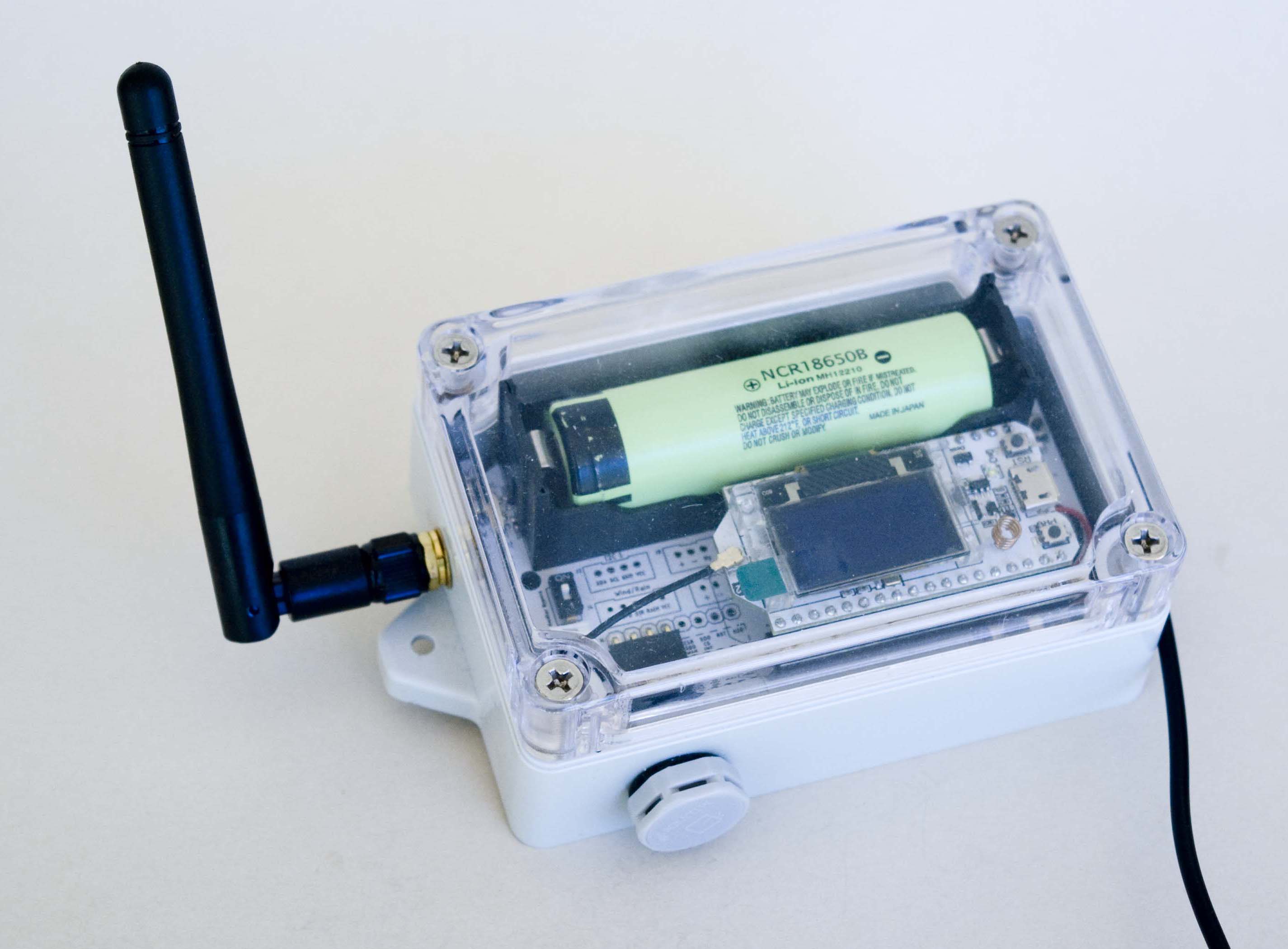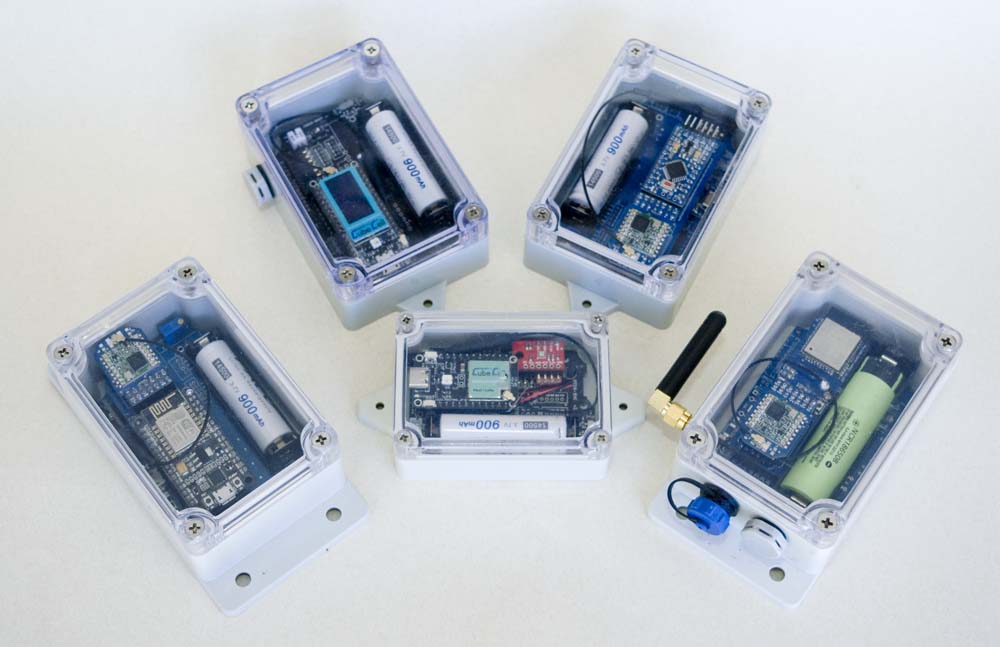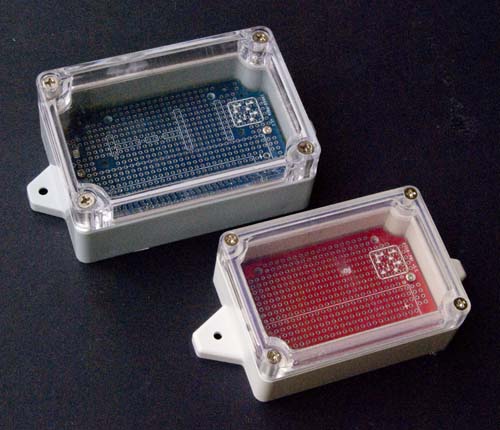Hardware
I'm in the process of reorganising these Hardware pages, from the original structure that was more reflective of my initial prototyping efforts to something that is more consistent with my current development path. I don't actually want to lose the story of 'the journey', because that's an important part of how and why we've ended up where we now are. Everything that is currently in these pages will remain somewhere in the 'Hardware Section' because these are meant to be project notes, not just the description of an end point. The goal, nonetheless, is to organise things so that it is easy to just jump to the end point, if that is what is of interest.
In the mean time, the content of the two top level pages, Background and IoT Nodes, is not entirely consistent with the page titles. Those pages are just the collection of information, much of it historical, that ultimately needs to be included somewhere in this section.
 |
 |
LoRa Gateway & Sensor Nodes
While discussion in these pages often refers to Gateway Nodes and Sensor Nodes, or just Gateway and Nodes, all are developments of the same base hardware platform—a solar/battery powered parent board capable of supporting one or more processor board options. My Gateway platform pretty quickly converged on an ESP32-based option, because these provided convenient support for both LoRa and WiFi connectivity. The configuration of Sensor Nodes was more flexible, with application requirements often satisfied by any of the available options.
All of the Nodes originally described herein were based on PCBs that are developments of the prototyping boards described elsewhere on this site and designed specifically to fit within two common, off-the-shelf enclosures.

Node Enclosures
As mentioned elsewhere, I started out with a relatively arbitrary goal to create a 'node' for under A$25 and I've almost achieved that with my prototypes. The components for a workable Arduino Pro Mini configuration come in at A$25.14, for an ESP-12F configuration A$26.44, and for an ESP32 configuration A$27.64, although I must confess that these costings don't include postage for the individual components used, which could double those prices depending on the quantities purchased. None of these options, however, provides an ideal solution for my own application—the ESP processors are not very 'battery friendly', the ESP-12F has only a single analog channel, and the Pro Mini is somewhat memory limited—so I will keep looking at other processor configurations. In that regard, the ARM Cortex architecture of the Heltec CubeCell and Seeed LoRa-E5 looks promising.
Either way, using a larger (100x68) enclosure adds another A$1.11 to the cost of a node, including DIP switches rather than just solder jumpers another A$0.40, a regulator A$0.13, current monitor A$0.50, the boost converter A$0.47, and so on. All of these, and a range of sensors, can be added as options to any configuration.
More recent applications have also made use of both larger and smaller enclosures, and these are discussed in more detail in descriptions of the relevant applications.
Declaration: 19 Feb 2023 I have just ordered some more enclosures and it would seem that prices have increased significantly over the last couple of years. The above discussion of costs is based on what was happening in 2020.
I have also discovered the inevitable 'Page Not Found' errors in a number of my links and I will continue to update these as they reveal themselves. Even so, in many cases when a product is no longer available from a particular [AliExpress] supplier, an option is provided to search for an alternative.

